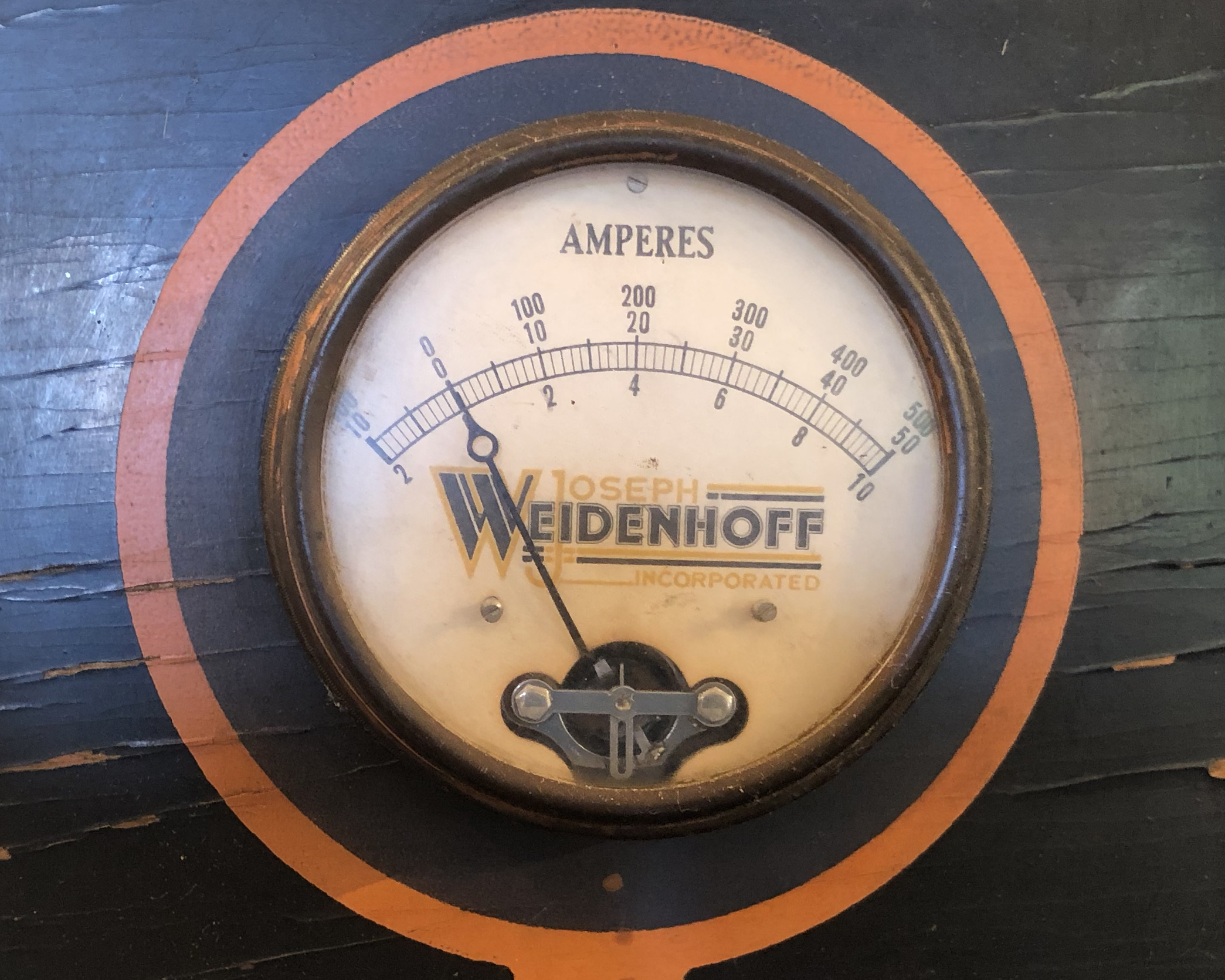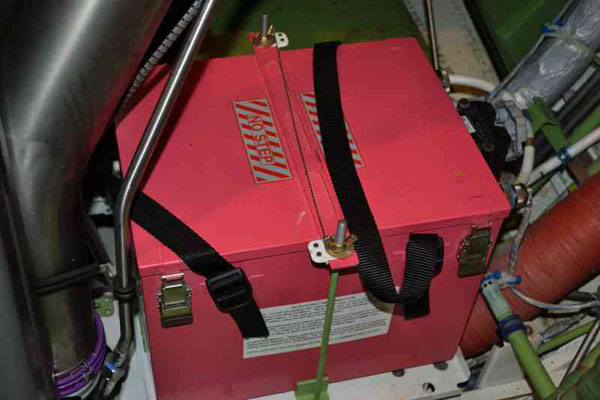As an engineering student we used to work with "massless pulleys" and "frictionless surfaces" so we could do the math without getting bogged down by unknown variables. I always keep that in mind when some well-meaning instructor is trying to impress upon me how much battery life I will have the next time all my electrical power generation quits and I am a long way from home. "How do he know?" we used to ask. "He don't" was the answer.
— James Albright

Updated:
2020-03-10
As a pilot we talk about amp-hours with batteries. As a consumer, we talks about Watts and our appliances. But back to being a pilot, larger alternators and generators introduce another topic: the KVA. What? It seems we have questions but nobody has answers.

1
Amp-hours
Amp/hours, amp-hours, AH? What does it all mean? The G450 main batteries are "rated at 24 DC, 45 amp/hour." (G450 Aircraft Operating Manual, §2A024039, ¶2.D.) The emergency batteries are "rated at 24V and 9 amperes per hour." (G450 Aircraft Operating Manual, §2A-24-30, ¶2.E.) What does any of this mean to a pilot? The answer is, unfortunately, very little.
The amp-hour rating of a battery is a measure of how many amps a battery can supply for a period of time. It is calculated using the formula Amps X Hours. For instance, in the ideal world, this rating would mean that if you have a 45AH 24 Volt battery, you should be able to supply 45 Amps out of it for 1 hour, or 22.5 Amps for 2 hours, or 11.25 Amps for 4 hours, and so on. Unfortunately we don't live in the ideal world, so these values are just rough guesses. Electrical loads are rarely constant and tend to be rated at their initial surge or "spike" value and then decrease quite a bit. Manufacturers can rate their batteries based on short or long times which impacts how the equation really works. Most will rate their batteries down to zero but it will stop powering aircraft systems well before that. You need to know the numbers to pass your exams, but you are well advised not to base your survival on cockpit equations dealing with amp-hours, amps/hours, or AH.
2
What's a Watt?
What's a watt?
A watt is a measure of electrical power. You know, electricity.
What's electricity?
Electricity is the transfer of electrons from one atom to another. If you string a bunch of atoms that like to conduct — conductors — you can have many electrons moving through the conductor.
How do I know how many watts my system needs?
Watts = Volts x Amps
What's a Volt?
A volt is a unit of what an electrical engineer will tell you is potential energy. I like to think about it as the speed of the electrons through a wire or other conductor.
What's an Amp?
An "amp" is short for "ampere" and represents to electromagnetic force of all those electrons. It is also called the "current" of the system.
Can you say all that in English?
There is something called the "water flow analogy" that tells us to think in terms of water flowing through pipes. Volts are the speed of the water and amps are the diameter of the pipe. You can have a very big pipe (lots of amps) with water barely moving (not a lot of amps) and that will mean low power (low watts). If you up either the amps or the volts, you increase the watts.
So what's a kW?
One kW is a thousand watts.
Okay, one more time, what's a watt? See: What's a Watt?
3
kVA?
What's a kVA?
A kVA — kilo-volt-ampere — is the "apparent power" of a system. It is found by multiplying the KWs by the system's efficiency (known as its power factor). In a perfect system 1 kVA = 1 kW. The formula is:
kVA = kW x (Power Factor)
English?
The kVA beer analogy works for American beer but not U.K. Beer. So keep that in mind. Imagine a mug of beer. In the U.S. a bartender will try to dispense the beer from his tap with as little foam as possible. A good bartender (high power factor) gives you a lot of beer and just a little foam. So your kVA is very close to your kW. A novice bartender (low power factor) gives you too much foam so kVA is much lower than kW.
So why is that important?
I am not sure that it is. When I was a KC-135A copilot I got this question from a flight examiner who went on and on about it. The flight manual simply said each generator produced 40 kVA but did not go any further. So I researched it and came to the conclusion the flight examiner didn't know what he was talking about. So I called up a few Purdue classmates who gave me the beer analogy. They also told me that we, as consumers of the electricity. don't need to know about it at all. They, as engineers, need to know it when designing a system. The wires need to be larger inside the system producing the power because there is more of it. Once it gets to us, the wires don't need to be as beefy.
References
(Source material)
Gulfstream G450 Aircraft Operating Manual, Revision 35, April 30, 2013.
Please note: Gulfstream Aerospace Corporation has no affiliation or connection whatsoever with this website, and Gulfstream does not review, endorse, or approve any of the content included on the site. As a result, Gulfstream is not responsible or liable for your use of any materials or information obtained from this site.

